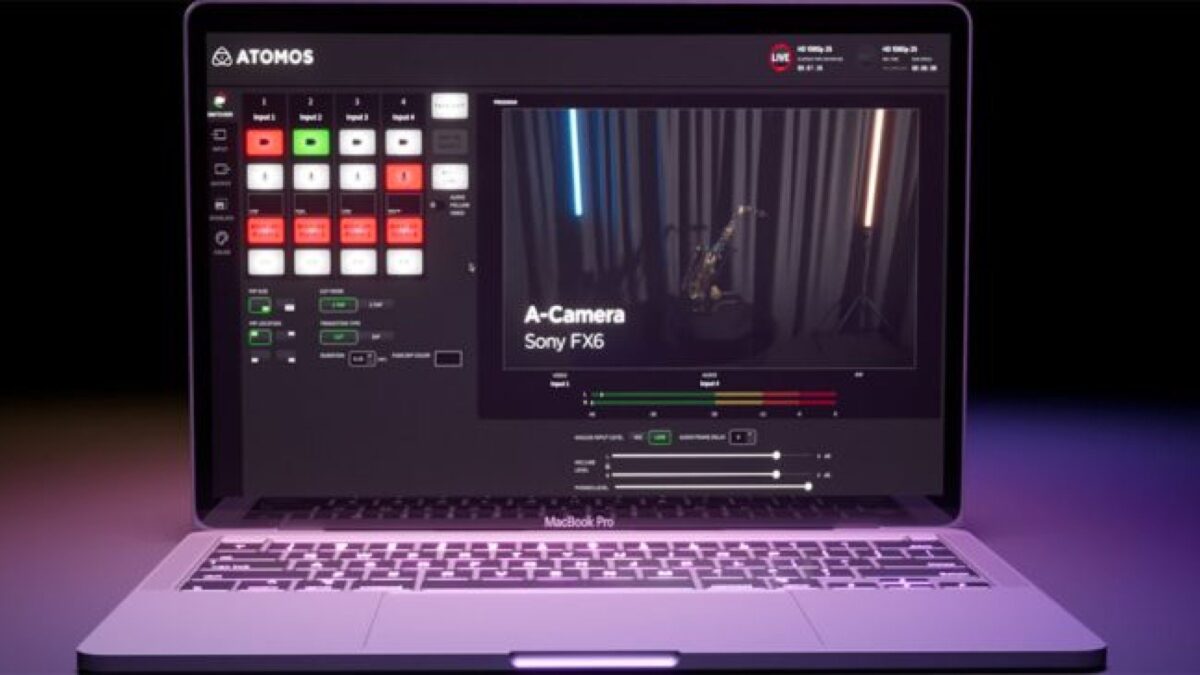
The Atomos Edit Beta is now available.
After building monitor/recorders and creating a tool to give budget creatives access to RAW image capture, Atomos has been expanding into the NLE market by leveraging its cloud-based workflow infrastructure.
We covered Atomos Cloud Studio at NAB 2023 and were impressed by the toolset the company managed to cram into the cloud.
But what really sparked our interest was Atomos Edit, which is an NLE that lives entirely in the cloud. Now, the toolkit is out in Beta for creatives to finally dig into, so let’s see what the suite has to offer and if you would make the switch.
Atomos Edit
Atomos Edit is a browser-based, collaborative video editor designed to remove the limitation of hardware and distance from your editor. Imagine never having to rely on a beefy workstation to clip, edit, and turn around content for social media, documentaries, or narrative films.
With your entire NLE in the cloud, you don’t need a workstation, and you can even pass the project onto another editor without exporting XML files.
There are also other ways you can simplify your workflow. With Atomos Edit, users can seamlessly upload media directly from an Atomos device in the field, edit their content on any browser, and then choose to publish directly to social media or export to another NLE (Non-Linear Editing) software for further refinement.

Atomos Edit also includes direct publishing functionality for platforms like YouTube and Vimeo.
With web-optimized playback, creatives teams and external clients to view images, audio, and video on any device. This makes reviewing and approving content more efficient as you can use a phone, tablet, or desktop. Additionally, activity reports provide valuable insights into who has viewed, downloaded, and commented on the content. Push notifications can also ensure that users never miss important reviews or approvals.
Key Features
- Professional-Style Timeline: Atomos Edit leans on a feature-rich timeline with support for multiple audio and video tracks.
- Multi-User Editing and Timeline Locking: Multiple users can work on a project simultaneously. The ability to lock the timeline also ensures clear coordination.
- Collaborative Review and Approval Workflows: Comment tagging and approval workflows streamline the feedback process, making for efficient iterations to the timeline.
- High-Speed Uploads of Large Video Files: An interrupt-resilient upload feature allows for quickly upload of large video files to the cloud without time-consuming delays.
- Effects, Transitions, and Sequence Versioning: A range of effects and transitions allows editors to build a solid foundation for a rough cut. Additionally, sequence versioning allows creators to experiment with different edits and revert to previous versions.
- Direct Import of Stock Video Content: Users can import stock video content directly, which can save time in the edit and help you focus on the creative rather than content management.
Is It Time to Switch?
On paper, Atomos Cloud Studio and Edit seem like great tools to make your editing workflow more efficient and resilient. You’ll never have to worry about losing a drive, sending footage to editors, or developing a system for client review. It’s all built into the ecosystem.
However, no plan survives contact with the enemy, and Atomos Edit is still in its infancy.
Currently, there is no replacement for a dedicated NLE and workstation suite. While Atomos Cloud Studio and Edit hope to change that, there will be growing pains, and large projects may not want to risk their content just yet.

If you’re a content creator with room to experiment, Atomos Edit might be an excellent solution for you and/or your team. The final product seems promising, and we’re excited to see it in action. But be cautious. Anything in Beta will be like wandering through a minefield and no one wants to see their project explode.
If you do want to try Atomos Edit, it will be available in three subscription plans for around $50 per user per month. Visit www.atomosedit.com to sign up and learn more.
But what do you think? Will you be switching to a cloud-based NLE? Let us know in the comments!














